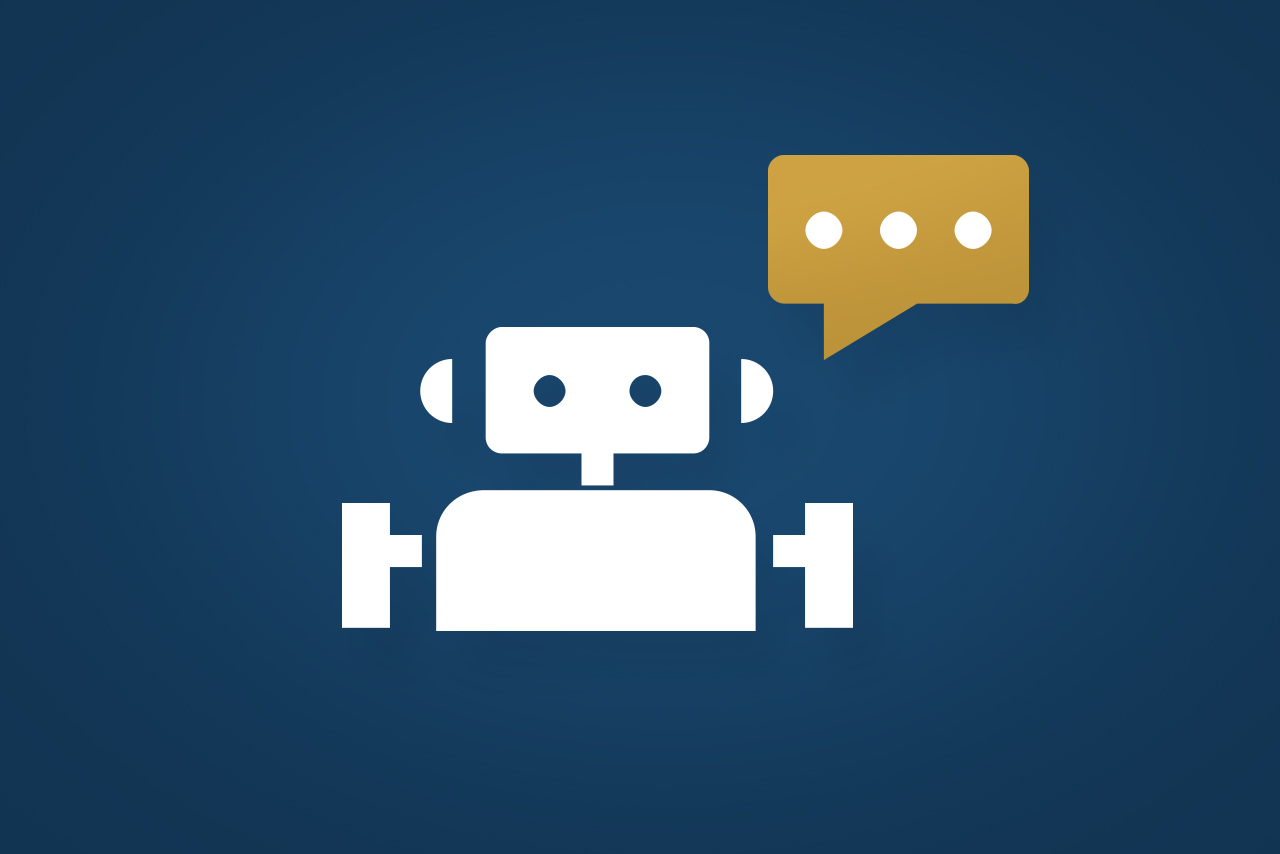Machine learning engineers are at the forefront of global innovation. They are the coders who are tapping into how much machines can learn about human behaviour in order to automate processes and make life in the 21st century easier, so we can do more with our precious time. Needless to say, there is an unprecedented demand for machine learning engineers all over the world, with lucrative job opportunities abounding. While artificial intelligence itself is not a new field, engineers are breaking new ground in this industry with the advent of what can be called the Fourth Industrial Revolution. In this post we look at what machine learning engineers do, as well as the top 4 languages for machine learning.
What do machine learning engineers do?
The onset of the digital age and innovations in artificial intelligence led many to believe that machines would replace humans in jobs. So far the opposite has been true. Machines are “learning” automated skills so that humans can fill more complex positions that require the kind of lateral thinking that can’t be reduced to code (for now). According to Indeed, the demand for jobs in artificial intelligence has more than doubled over the past few years. Currently, machine learning engineer is amongst the top three in-demand jobs in the tech industry.
Machine learning engineers are the ‘brains behind the bots’ (so to speak). At the most basic level, they are developers with a particular skill-set and knowledge that enables them to build programs that “enable machines to take actions without being specifically directed to perform those tasks.” In their own right, machine learning engineers are algorithm experts. Machine learning engineers could be employed in a number of industries. They are the minds behind innovations like self-driving cars or retail-management systems that “know” their customers’ shopping behaviour and lifestyles intimately.
Top 4 languages for machine learning
-
Python
Its reputation for simplicity puts Python at the top of the list of languages used by machine learning engineers. With syntaxes that are easy to learn, Python makes implementing AI algorithms a breeze. When compared to languages like Java, C++ or Ruby, Python involves a shorter development time. Python also features a number of libraries, which make tasks easier – these include Numpy and Pybrain. As Christina Voskoglou states: “Python leads the pack, with 57% of data scientists and machine learning developers using it and 33% prioritising it for development.”
-
Lisp
According to GeeksforGeeks, Lisp is one of the oldest languages used for development in AI and was invented by John McCarthy, the father of AI in 1958. Lisp is also a flexible and prolific tool for prototyping and the “easy dynamic creation of new objects, with automatic garbage collection.” While some coders choose to bypass it for newer languages, there are others who believe that it forms a good foundation for newbies who want to learn how to navigate their way through the basics.
-
R
As tech journalist, Jessica Davis asserts, R remains one of the most popular languages for machine learning amongst newcomers to the industry and stalwarts alike. Like its predecessor, Lisp, it is a relatively older language and was developed in the 1990’s as an open source language with roots in “statistics, data analysis, and data visualization.” As Davis explains, new generation analysts have appreciated the fact that R can be downloaded and used for free, and that there are downloadable packages that can be used for customisation.
-
C and C++
If you are a new coder with aspirations to build a career in machine learning, C and C++ may not necessarily be your first port of call but it may be the language you’ll want to learn to gain a specific set of skills. As computer science and engineering specialist, Animesh Srivastava explains:
“Artificial Intelligence (AI) in games (29%) and robot locomotion (27%) are the two areas where C/C++ is favoured the most, given the level of control, high performance and efficiency required. Here a lower level programming language such as C/C++ that comes with highly sophisticated AI libraries is a natural choice.”
Learn and adapt as you build
A number of sources on the topic of which languages for machine learning are the best, list the four languages mentioned above. However, they also conclude more importantly that the language you learn will depend greatly on what you are trying to build. Python for example, is a popular language for fraud detection programmes, while C and C++ are frequently used for sentiment analysis tools. R and Lisp are both used for robot locomotion and speech recognition systems. There simply is no black and white answer when it comes to which one to choose. As a new developer, you may want to seek the advice of a mentor who may be able to point you in the right direction if you think machine learning is the industry for you.
Just starting out? We offer a number of bootcamps on the majority of the languages mentioned in this post, as well as on data science. Not 100% sure? We offer a free trial – start there, and let’s make it happen!


